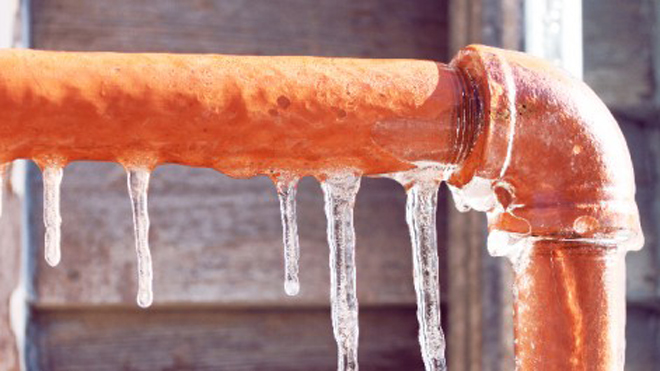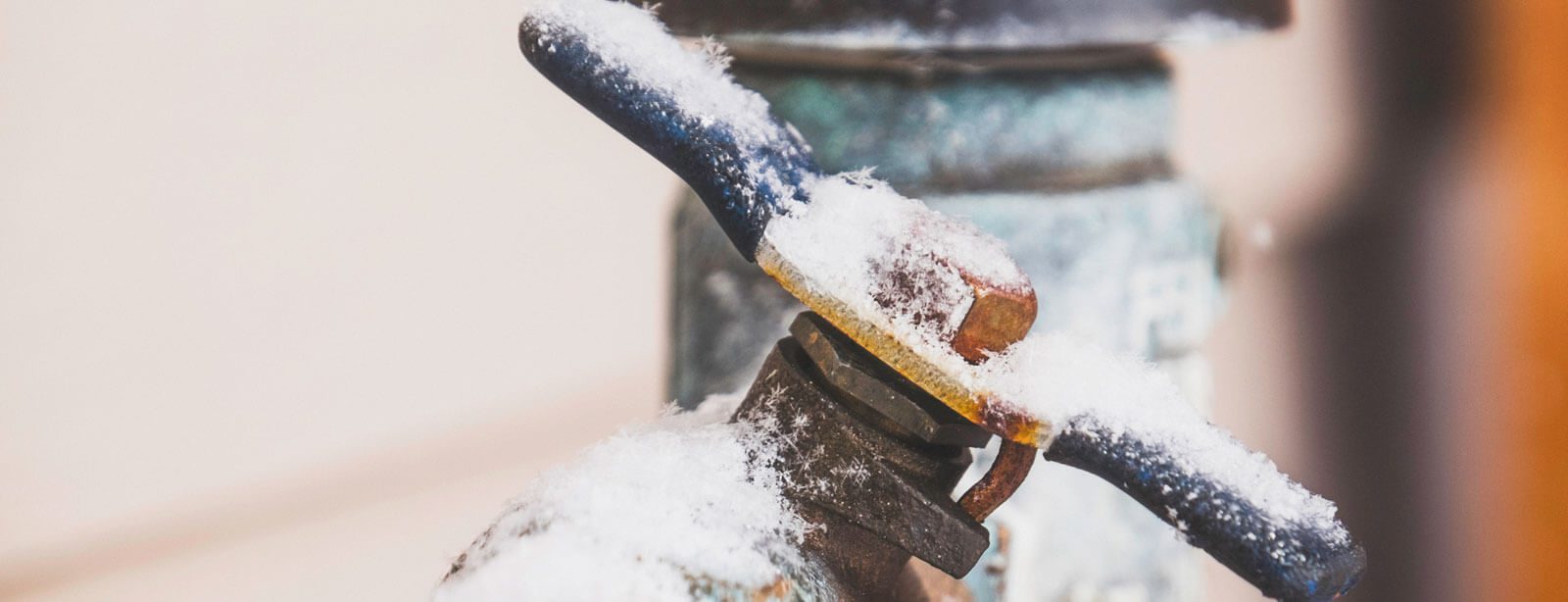Advice for Preventing Frozen Pipes in Winter: Expert Tips
Advice for Preventing Frozen Pipes in Winter: Expert Tips
Blog Article
Right here below you'll find some extremely good data involving Winter Plumbing Precautions: Preventing Frozen Pipes.

Winter can wreak havoc on your plumbing, particularly by freezing pipes. Here's how to prevent it from happening and what to do if it does.
Introduction
As temperature levels decline, the threat of icy pipes increases, potentially leading to pricey fixings and water damage. Understanding just how to avoid frozen pipelines is vital for house owners in cold environments.
Prevention Tips
Shielding susceptible pipelines
Wrap pipes in insulation sleeves or use warmth tape to safeguard them from freezing temperatures. Concentrate on pipes in unheated or exterior locations of the home.
Heating techniques
Maintain interior spaces sufficiently heated, specifically areas with pipes. Open closet doors to allow warm air to flow around pipelines under sinks.
How to recognize icy pipelines
Try to find decreased water flow from taps, unusual odors or sounds from pipelines, and visible frost on subjected pipelines.
Long-Term Solutions
Architectural changes
Consider rerouting pipelines far from outside wall surfaces or unheated areas. Add extra insulation to attic rooms, cellars, and crawl spaces.
Upgrading insulation
Invest in premium insulation for pipes, attic rooms, and wall surfaces. Proper insulation helps keep constant temperatures and lowers the danger of frozen pipelines.
Shielding Outside Plumbing
Yard hoses and outside faucets
Detach and drain yard hoses prior to winter season. Mount frost-proof spigots or cover outside taps with protected caps.
Recognizing Frozen Pipes
What creates pipes to freeze?
Pipelines ice up when exposed to temperatures listed below 32 ° F (0 ° C) for extended periods. As water inside the pipes freezes, it increases, taxing the pipeline walls and potentially causing them to rupture.
Dangers and problems
Icy pipelines can bring about water supply disruptions, building damage, and costly fixings. Ruptured pipelines can flood homes and cause substantial structural damages.
Indications of Frozen Pipes
Determining frozen pipelines early can prevent them from rupturing.
What to Do If Your Pipelines Freeze
Immediate activities to take
If you suspect icy pipes, keep taps open up to alleviate stress as the ice melts. Use a hairdryer or towels taken in warm water to thaw pipes gradually.
Conclusion
Protecting against icy pipelines requires aggressive actions and quick responses. By recognizing the reasons, signs, and safety nets, homeowners can shield their pipes during cold weather.
5 Ways to Prevent Frozen Pipes
Drain Outdoor Faucets and Disconnect Hoses
First, close the shut-off valve that controls the flow of water in the pipe to your outdoor faucet. Then, head outside to disconnect and drain your hose and open the outdoor faucet to allow the water to completely drain out of the line. Turn off the faucet when done. Finally, head back to the shut-off valve and drain the remaining water inside the pipe into a bucket or container. Additionally, if you have a home irrigation system, you should consider hiring an expert to clear the system of water each year.
Insulate Pipes
One of the best and most cost-effective methods for preventing frozen water pipes is to wrap your pipes with insulation. This is especially important for areas in your home that aren’t exposed to heat, such as an attic. We suggest using foam sleeves, which can typically be found at your local hardware store.
Keep Heat Running at 65
Your pipes are located inside your walls, and the temperature there is much colder than the rest of the house. To prevent your pipes from freezing, The Insurance Information Institute suggests that you keep your home heated to at least 65 degrees, even when traveling. You may want to invest in smart devices that can keep an eye on the temperature in your home while you’re away.
Leave Water Dripping
Moving water — even a small trickle — can prevent ice from forming inside your pipes. When freezing temps are imminent, start a drip of water from all faucets that serve exposed pipes. Leaving a few faucets running will also help relieve pressure inside the pipes and help prevent a rupture if the water inside freezes.
Open Cupboard Doors
Warm your kitchen and bathroom pipes by opening cupboards and vanities. You should also leave your interior doors ajar to help warm air circulate evenly throughout your home.

I'm just very interested in Preventing and dealing with frozen pipes and I'm hoping you enjoyed the new piece. Enjoyed our piece of writing? Please quickly share it. Help someone else check it out. Thank-you for taking the time to read it.
Request Free Estimate Report this page